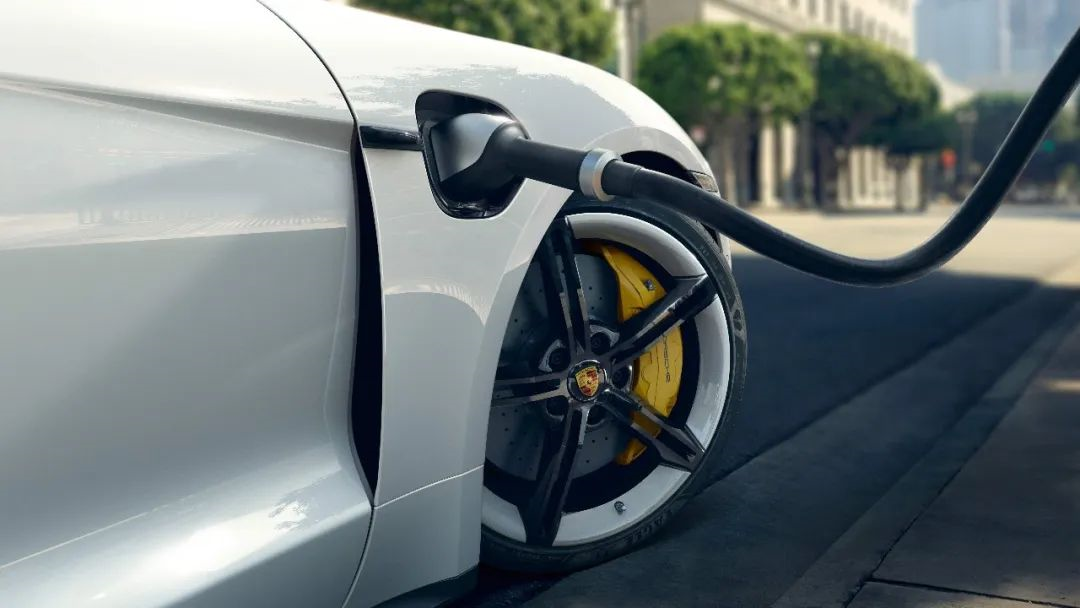Author: Michelin, Wang Congsi
“5 minutes to charge, 2 hours of endurance.”
This slogan was originally from a mobile phone advertisement, but has been used more accurately on electric cars by people for some time. After all, mobile phones have power banks, but when electric cars run out of power, people can only see those stuck at the high-speed charging station during holidays.
Electric vehicles are exploring users’ pain points in a 360-degree range, but the only pain point that can be targeted equally is the lack of energy.
A few days ago, XPeng released the S4 super fast charging station. With the peak power of 400 kW and the 800V high voltage platform, it hit the anxiety of everyone charging slowly.
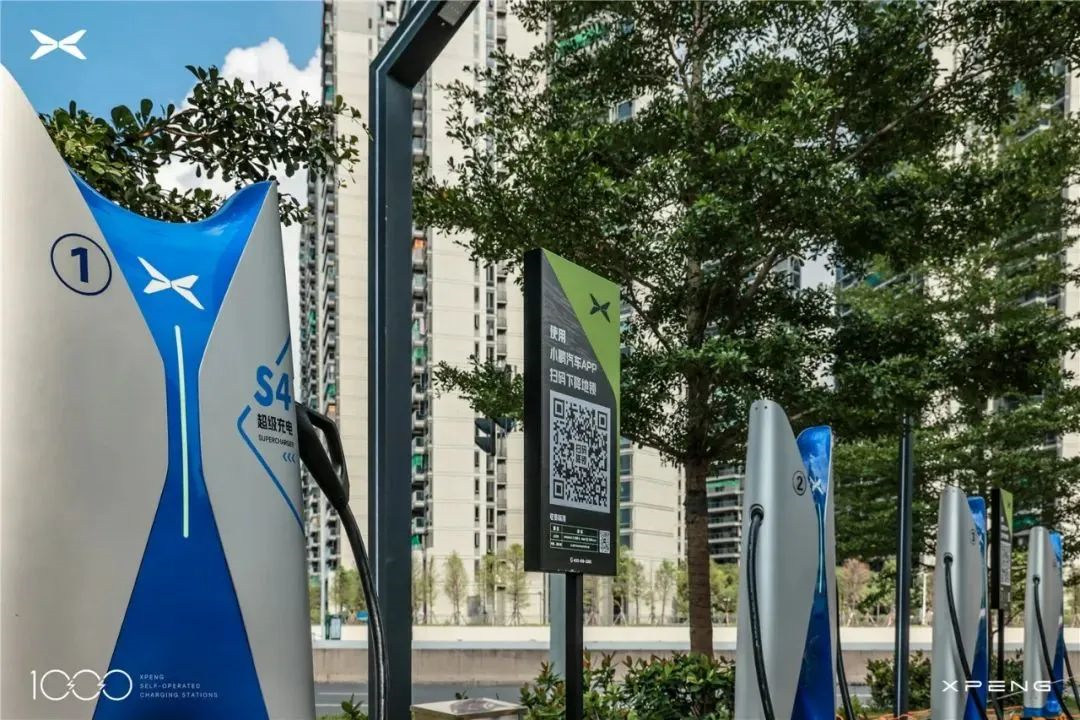
Not only XPeng, BYD, Beiqi Jiuhu, Zeekr, and Aean have officially announced that they will adopt the 800V high-voltage technology, and NIO and Ideal’s next-generation pure electric vehicles will also use the 800V high-voltage pure electric platform. Of course, we can’t forget the first mass-produced car with 800V high-voltage technology, the Porsche Taycan.
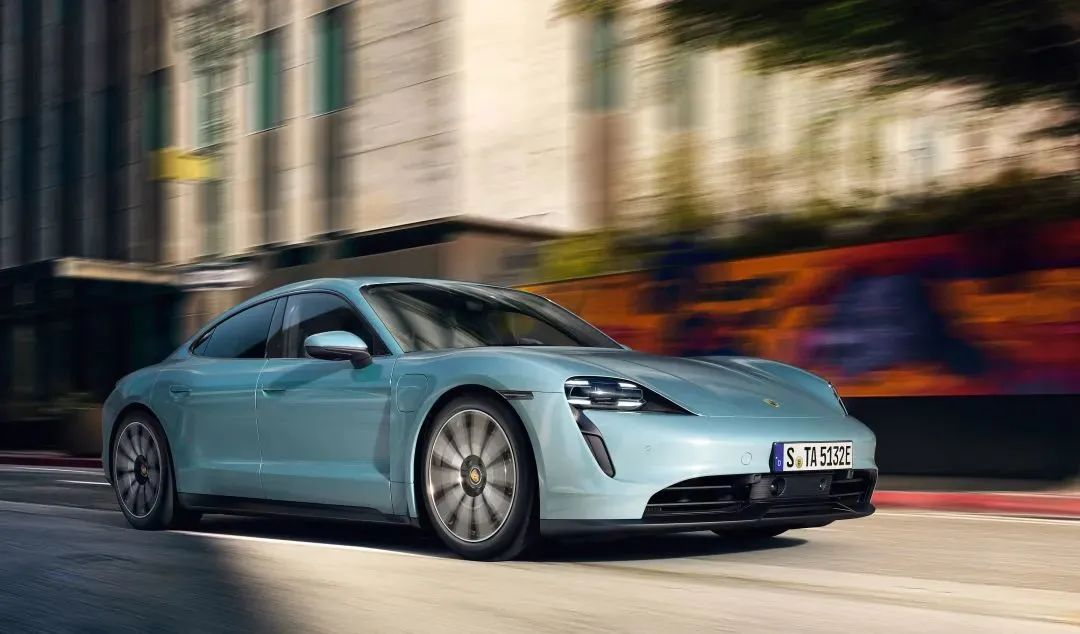
Today in 2022, a company that does not have 800V high-voltage technology can not claim itself to be in the top tier of new energy.
800V high-voltage technology, hitting the soft spot of electric vehicles
Before talking about the benefits of the 800V platform, let’s review some middle school physics: power = voltage × current. To accelerate charging and increase charging power, voltage and current must be increased. However, the larger the current, the more heat loss will be generated during transmission, which not only requires thicker transmission lines but also increases the cost.
Therefore, the only solution to speed up charging is to use a high-voltage platform to increase the voltage.
By increasing the voltage from the mainstream 400V to 800V, not only the charging power is increased, but also hundreds of kilometers can be charged in just a few minutes. After the current is reduced, the consumption of electrical energy is also reduced, and the cost and weight of the in-car wires are also reduced. It can be said that it is a win-win-win situation.

Taking the 800V high-voltage technology used by Porsche Taycan as an example, the system integrates a series of components such as the high-voltage battery pack, high-voltage wiring harness, high-voltage heater, power converter, and high-voltage booster.
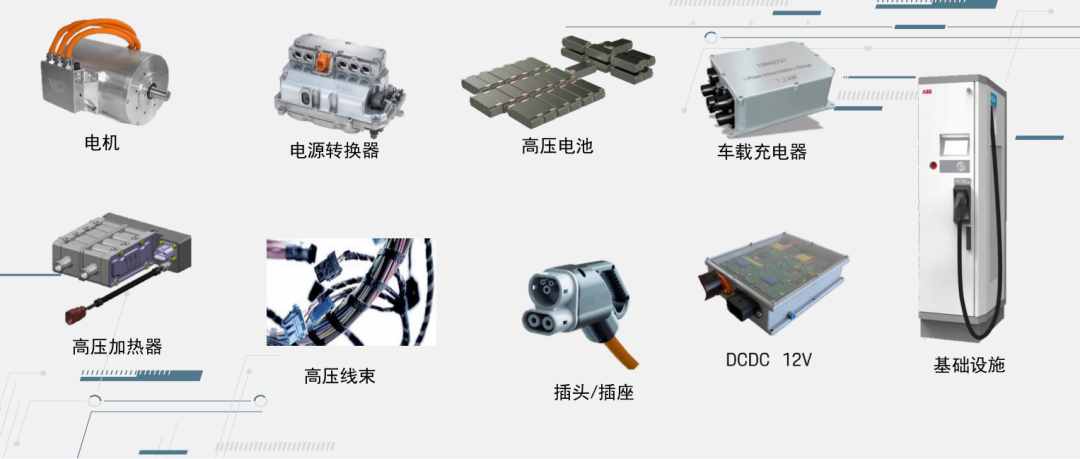 The system can directly provide 800V voltage to the driving system and high-voltage auxiliary heater, reducing the loss of high-to-low voltage conversion. It can also provide 48V voltage to the dynamic chassis control system (PDCC), electric anti-rolling bar, and air spring control system through the DCDC converter, as well as 12V voltage for the entire vehicle electronic control and entertainment system.
The system can directly provide 800V voltage to the driving system and high-voltage auxiliary heater, reducing the loss of high-to-low voltage conversion. It can also provide 48V voltage to the dynamic chassis control system (PDCC), electric anti-rolling bar, and air spring control system through the DCDC converter, as well as 12V voltage for the entire vehicle electronic control and entertainment system.
With this operation, the Taycan produced in 2019 can reach a peak power of 250kW. This number may not seem exaggerated today, but it is worth noting that the Tesla V3 supercharger was also introduced in 2019, and 250kW was basically the ceiling for charging power at that time.
Faster charging, reduced weight and size of the vehicle’s internal wiring, and higher sustained power to solve the problem of sluggish acceleration after fast starting of electric vehicles. 800V high voltage almost targets all the weaknesses of an electric vehicle. No wonder it has become the focus of attention for car manufacturers.
However, the significance of this “winding” 800V high-voltage technology varies for different car manufacturers.
For XPeng, 800V is a sharp sword for G9’s attack. In the “million-level SUV” competition, G9 needs to target the super-fast charging to fill its “long board.” Most car manufacturers who choose the 800V high-voltage technology route have the same goal.
For NIO, 800V is more like a defensive shield. NIO owners who are accustomed to swapping batteries may not rely so much on super-fast charging, but the more concise and efficient electrification technology it represents is the key to improving NIO’s product competitiveness.
Of course, there are exceptions, such as for Porsche, 800V may be a shortcut to the Nurburgring.
Recently, the lap record for pure electric production cars on the Nurburgring Nordschleife was once again broken. This time, the record was broken by an “old car” from three years ago, the Porsche Taycan Turbo S. The top spot on the fuel car lap record list belongs to its big brother, the Porsche 911GT2RS.
Perhaps it is the inherent acceleration advantage of the electric-drive system, or perhaps it is because people’s attention is now more focused on intelligence. The ultimate pursuit of racetracks and speed for cars has become a rare breed in the era of electrification. Until the news of the Nurburgring lap record being broken was announced, you see, there are still people sticking to their original aspirations.The record-breaking Porsche Taycan Turbo S at the Nurburgring was essentially a standard production car with the necessary rollover protection and racing seats installed. One of the key factors in breaking the record was the 800V high-voltage technology mentioned earlier.
Apart from facilitating faster charging speeds, higher sustained power, and lighter weight and smaller size due to simplified wiring harnesses, the Taycan Turbo S uses a front and rear dual-motor drive system with a total power output of 460 kW thanks to the 800V high-voltage platform. The intelligent all-wheel-drive system performs different power distribution patterns based on the driving mode selected, and selecting front-wheel drive only helps achieve maximum range.
Of course, the Porsche Traction Management system also keeps track of the car’s state at all times and adjusts the distribution of power between the front and rear axles as needed to maintain stability should you wish to fully enjoy the 460 kW of driving pleasure.
On the powertrain system side, the Taycan’s front axle uses a two-pole planet gear as a reduction mechanism, which coordinates with a spur-type differential to transfer the power from the motor to the wheels. Compared to traditional gear structures, this “transmission” is more compact and lightweight. The design of the rear axle is even more ingenious; Porsche uses a two-speed gearbox attached to the Taycan’s motor, a clever and powerful structure.
Although an electric motor’s operating characteristics require fewer gear ratios than an internal combustion engine, the addition of a gearbox strikes a good balance between performance and efficiency across the entire speed range.
The Taycan’s rear gearbox can select the appropriate gear based on the driver’s throttle input, vehicle speed, and driving mode, which allows for both powerful torque amplification when needed and reduced motor speed and power consumption in higher gears.
At the same time, the Taycan’s thermal management system includes an 800V high-voltage heater that quickly brings the entire system up to efficient operating temperatures when the ambient temperature is too low. The entire thermal management system is an intricate whole that can either operate independently or share available heat to minimize the range issues that are common with electric cars. Furthermore, this sophisticated thermal management system ensures that the Taycan never overheats.
Lastly, advances in technology for electric cars have led us to wonder if these new technologies are truly necessary or if there is any point in taking electric cars to the Nurburgring.
This reminds me of a car model in the GeekCar office: a Golf GTI W12-650 with only one in the world.
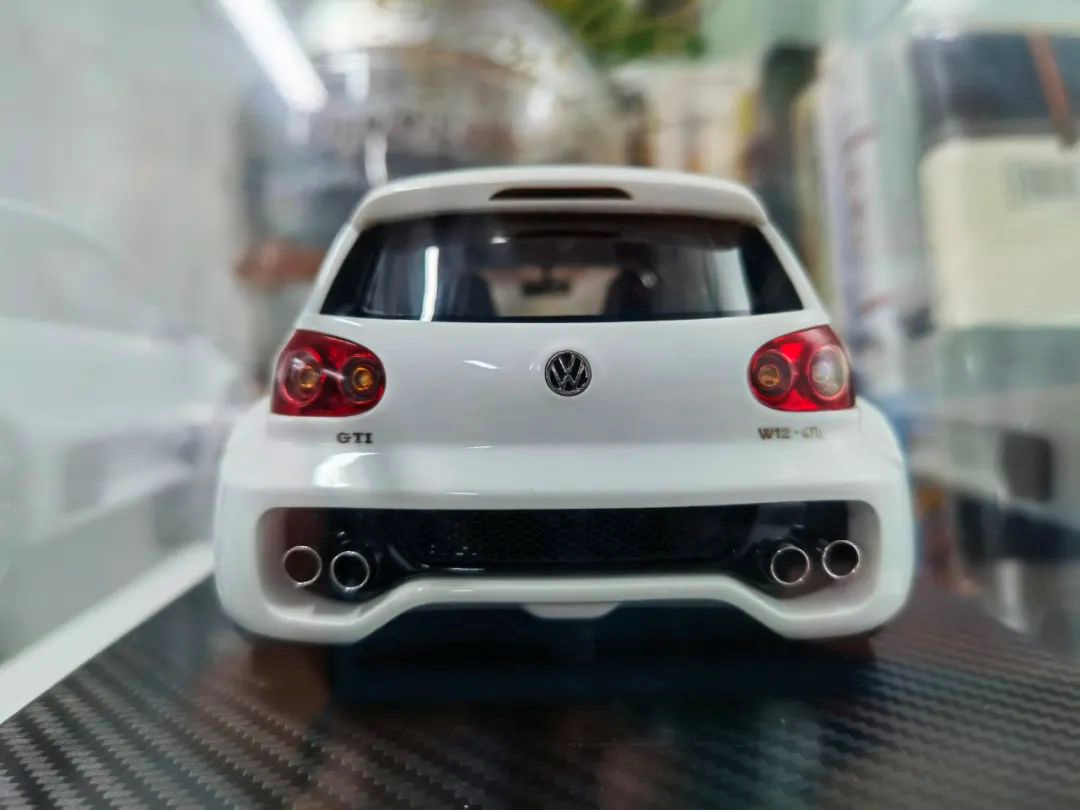
It’s almost a crazy thing to put the huge W12 engine into the Golf. If we have to evaluate it from the practical point of view, besides the conclusion of “completely impractical,” it’s no more than beating the air. However, this belongs to the “rampant” and “romanticism” in the era of the combustion engine: exploring the limits of mechanics through ultimate technological innovation.
Fortunately, some people still keep this original intention and romance on electric cars, such as the Porsche Taycan Turbo S that refreshed the record on the Nürburgring Nordschleife.
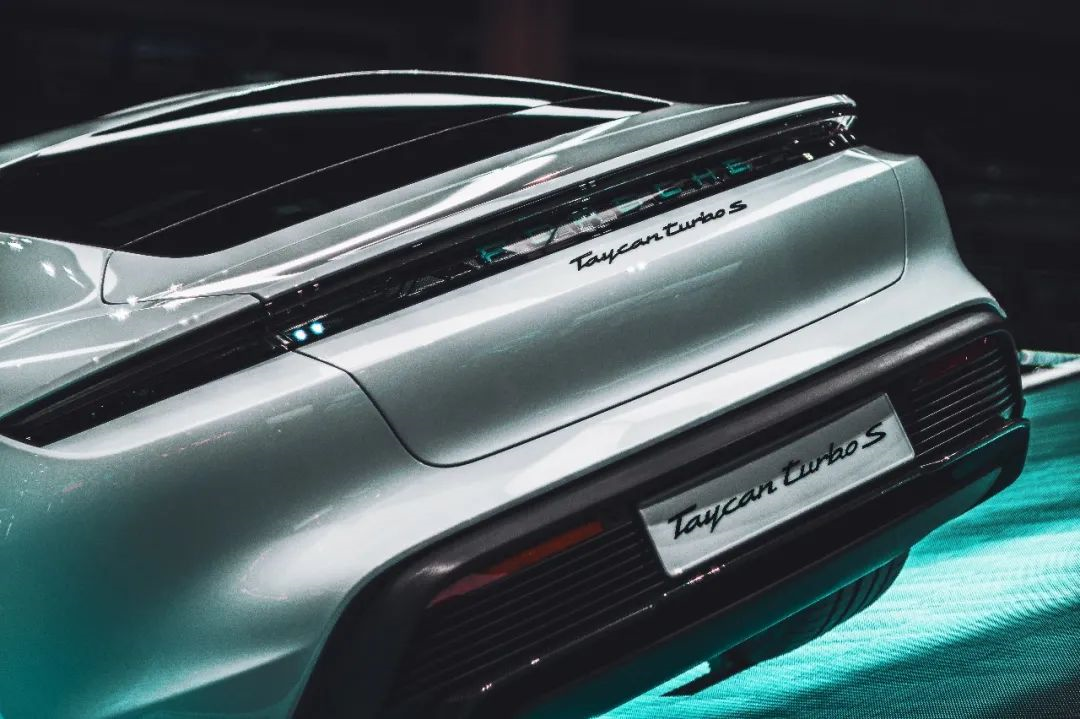
This article is a translation by ChatGPT of a Chinese report from 42HOW. If you have any questions about it, please email bd@42how.com.
